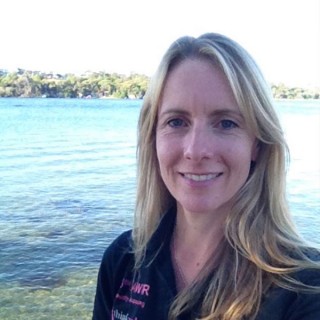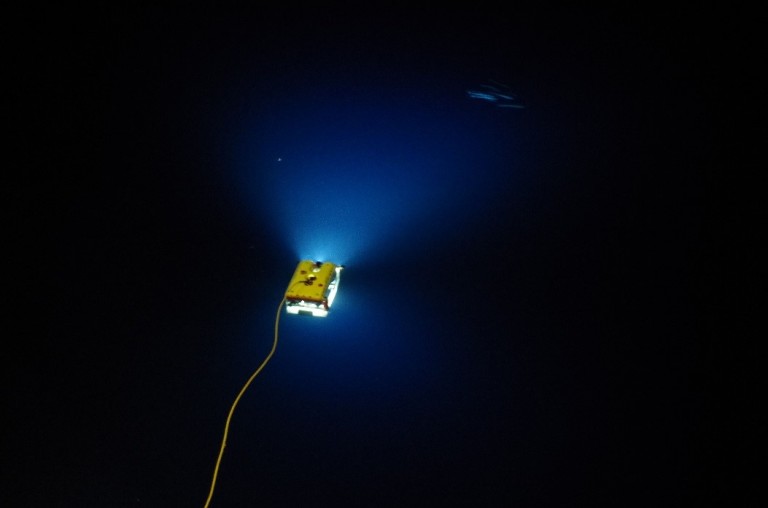
Over the past few evenings co-cruise leader Dr. Andrew Heyward has been usingFalkor’s Remotely Operated Vehicle (ROV) to explore the deeper mesophotic coral communities of Scott Reef. Shown here is a compilation video of the ROV dives on Scott Reef over the past few nights. The video has been put together by Dr. Andrew Heyward.
Dr. Heyward made initial observations of the same deep water areas fifteen years ago, and is excited to revisit them with the advanced mapping and imaging equipment that Falkor brings to the project. This time, with the technology on board Falkor, the researchers have the opportunity to get up close and personal with these deeper reefs. “With this technology, it’s like having a private viewing of the coral reef, with the capability to examine the reef at both a landscape scale all the way down to the individual coral polyp. Our ability to assess these deeper water communities has come a long way, so we have the opportunity to describe the coral communities in much more detail.”
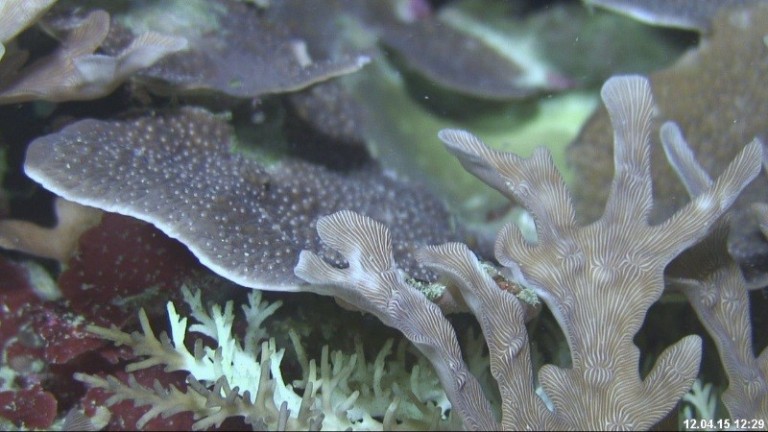
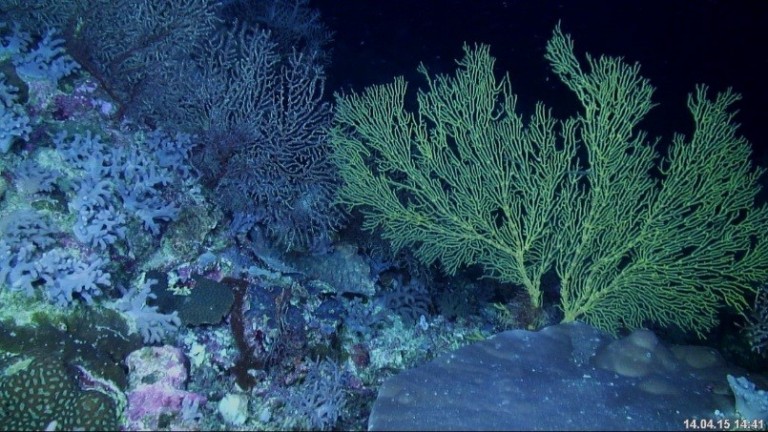
The seafloor and coral communities are mapped using Falkor’s ROV,which combines the ship’s acoustic mapping and positioning capability with an ROV sending real time high definition video to the Science Control Room. In addition to the live video feed, the ROV carries multiple cameras recording both forward and downward views, with the location of every image precisely known. This allows the scientists to create detailed maps of the major habitats present such as those dominated by deeper water corals, filter feeders, and algae.
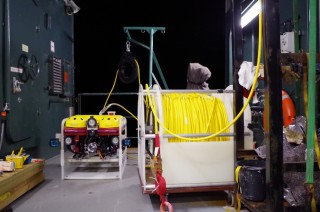
One of the primary goals of this research is to re-visit many of the same sites Dr. Heyward has surveyed in the past. Using the accurate positioning capabilities on board, the highly skilled ROV technicians are able to re-run transects across these sites capturing high definition imagery of the benthic community. From this imagery, community composition and percent cover will be compared with previous surveys. “Unlike the shallow coral reef community that is very susceptible to disturbances such as warming events and cyclones, these deeper coral communities are potentially more protected and therefore more stable through time.” Dr. Heyward explains. “Some coral reef scientists are suggesting that deeper mesophotic reefs may act as important refugia from disturbance events such as global warming and climate change. In this project we can put that concept to the test.”
